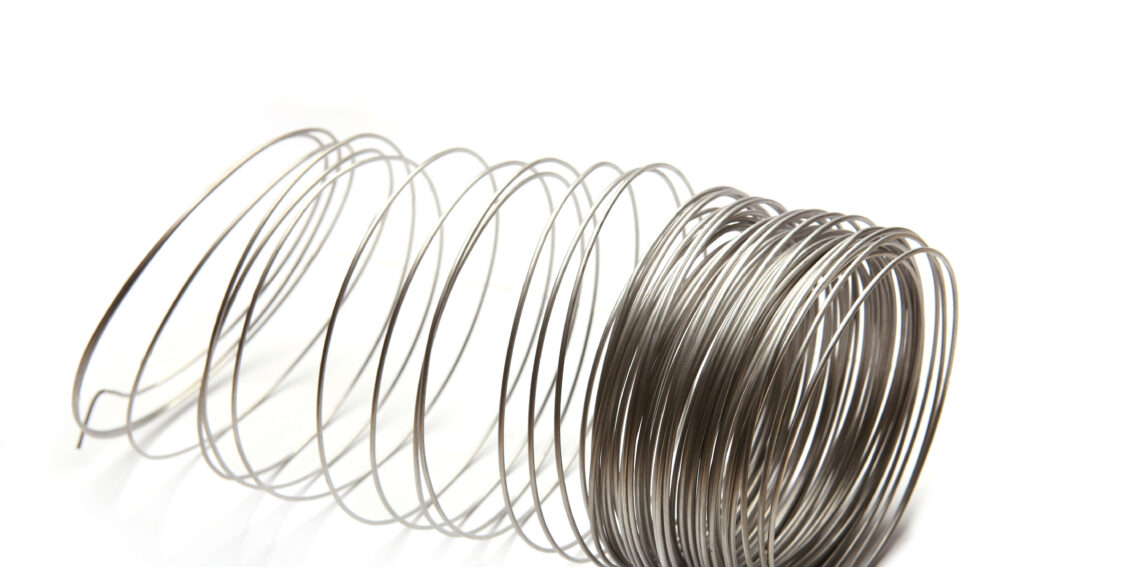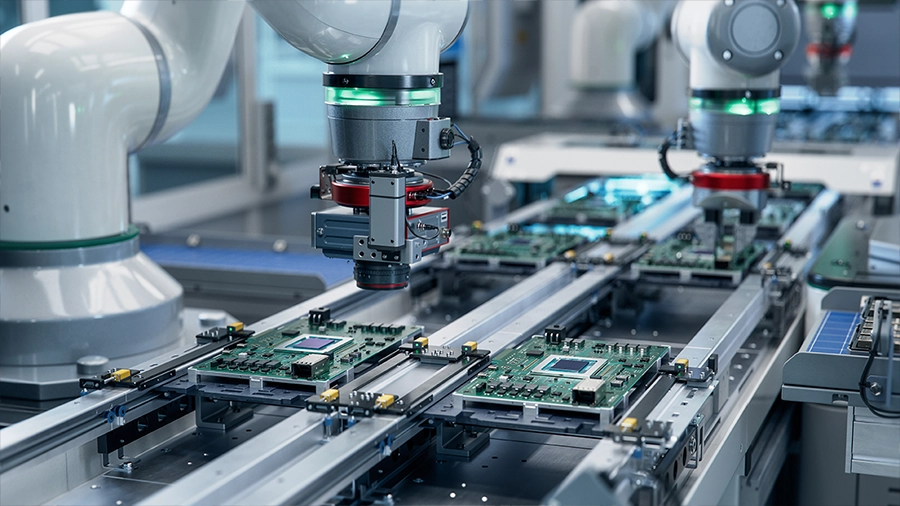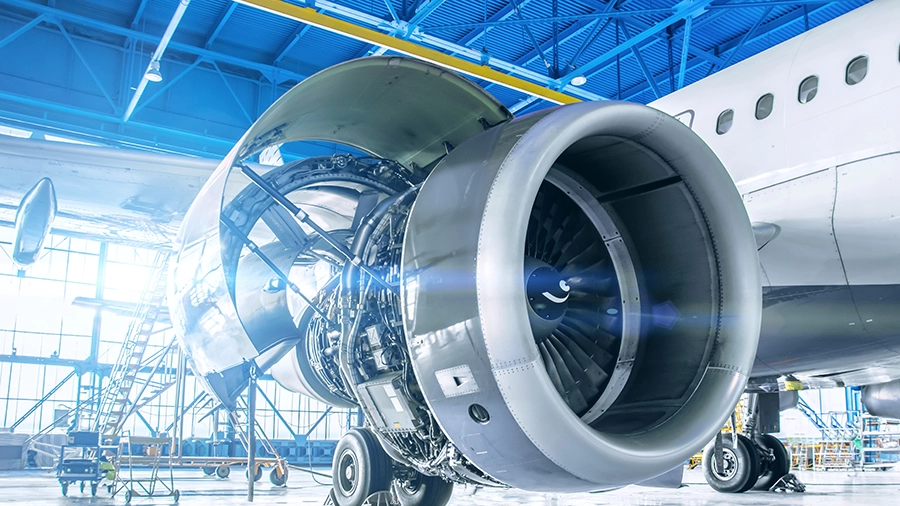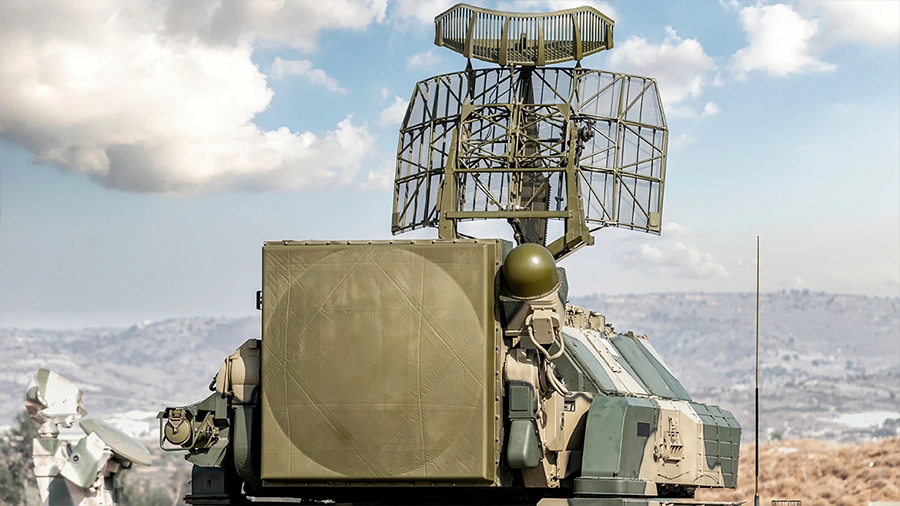
Exploring Custom Wire Forms in Various Industries
Custom wire forms are fundamental components across many industries, such as automotive, medical, aerospace, and construction. They offer the adaptability to meet specific needs, durability to withstand various conditions, and the ability to fit into complex systems. Their practicality and resilience also make them a valued asset in producing and maintaining many industrial equipment.
Keep reading to learn more about how wire forms are used in various sectors and how they’re customized to meet industry-specific challenges.
Automotive

In the automotive industry, wire forms are integral to the structural integrity and mechanical functions of vehicles. They are commonly found in engine compartments as retaining clips, springs, and connectors, allowing complex assemblies to operate smoothly. They also play a role in airbag deployment mechanisms and seatbelt systems.
Wire forms must be customized to handle high stress and fatigue resistance because temperature fluctuations and vibration are common in automotive applications. Manufacturers often use automotive-grade materials when developing wire forms for automotive applications because they are durable and corrosion-resistant. Manufacturers will also customize the forms so they can fit into tight spaces.
Medical & Healthcare

Wire forms are also crucial in the medical and healthcare industries, where they appear in a variety of devices, from surgical tools to hospital beds and orthodontic appliances. They are engineered to perform critical functions, such as clamping, guiding, or supporting, often in high-stakes scenarios where precision is paramount. For example, wire forms are used in springs for pumps and valves in life-supporting equipment, as clips and fasteners in surgical instruments, and as braces in mobility aids.
One challenge of manufacturing wire forms for the medical industry is adhering to its stringent standards and regulations. Wire forms are often produced with biocompatible materials that can withstand sterilization and resist corrosion. The customization process for medical wire forms involves creating shapes that maintain integrity despite repeated use and exposure to body fluids and tissues. This customization involves selecting medical-grade materials, precise crafting for exact fits, and smooth finishes to prevent any adverse reactions or infections.
Electronics

In the electronics industry, wire forms act as springs, contacts, clips, and connectors within many devices, like smartphones and laptops, and within larger systems, including servers and communication infrastructure.
Wire form customization for electronics applications involves precision and miniaturization, as components must fit within increasingly smaller spaces without compromising performance. Wire forms for electronic devices and systems are often made from materials that provide excellent conductivity and are resistant to heat and corrosion, including copper, brass, stainless steel, and nickel alloys. They are also intricately designed to maintain consistent electronic connections and can be coated with insulative materials when necessary. Lastly, producing these forms includes tight tolerance levels and careful consideration of the thermal and electrical demands to ensure longevity and reliability.
Aerospace

Wire forms are indispensable in the aerospace industry. They are frequently used in aircraft interiors, control systems, and landing gear as locking mechanisms, fasteners, and spring-loaded components. In these applications, they help maintain the delicate balance between weight and structural integrity, ensuring safety and efficiency in high-altitude and high-speed conditions.
Manufacturers meticulously engineer wire forms to meet exacting standards of strength, resilience, and weight optimization. Materials like titanium, Iconel®, and high-grade stainless steel are chosen for their favorable strength-to-weight ratios and ability to withstand extreme temperature variations and corrosive environments at high altitudes.
The customization process involves precision forming techniques to ensure aerodynamic compatibility and fatigue resistance, and rigorous testing to comply with stringent aerospace industry regulations. Aerospace wire forms are also produced with specialized coatings or treatments to further enhance their performance and longevity.
Construction

Wire forms are commonly found in construction projects as reinforcements, anchors, and connectors. They’re widely used in concrete reinforcement, as ties in scaffolding, and in the assembly of prefabricated modules. Their robustness helps maintain structural integrity and ensures the longevity of construction elements against physical stresses and environmental factors.
To meet the specific challenges of construction applications, manufacturers design wire forms for high durability and load-bearing capacity. Materials such as high-tensile steel or galvanized steel are frequently used for their strength and corrosion resistance. Manufacturers also engineer these forms to withstand heavy loads and harsh conditions, including temperature fluctuations and moisture exposure. Manufacturers may also apply special coatings or treatments, such as epoxy, to enhance their resistance to environmental damage, particularly in outdoor or high-moisture environments.
Agriculture

The agriculture industry has many, many uses for wire forms. They are used in tractors and farm equipment as springs, clips, and connectors, as well as in fencing, animal cages, and plant support structures. Wire forms help farmers and other agricultural operations streamline daily tasks.
Wire forms for agricultural applications are tailored to withstand harsh outdoor conditions, continuous use, and frequent exposure to chemicals, soil, and water. Materials like stainless steel and galvanized steel are preferred for their corrosion resistance and strength. Wire forms are also designed to be easy to install and maintain, with modifications such as heavier gauges or specialized coatings to protect against wear and tear.
Defense & Military

The defense and military sectors frequently use wire forms as springs, clips, fasteners, and/or connectors in applications ranging from vehicular systems to weaponry and communication devices. Without wire forms, systems wouldn’t be as reliable or functional in extreme and often hostile environments.
Like aerospace and medical, the military has stringent standards and regulations, which manufacturers must adhere to when creating wire forms. Materials like aerospace-grade stainless steel and titanium are selected for their exceptional strength and resistance to corrosion and extreme temperatures. These wire forms must also be engineered to withstand high impacts, vibrations, and prolonged exposure to harsh conditions without degradation. Military-grade coatings and finishes are applied to further enhance their resistance and strength. Wire forms for the defense/military sectors must also be thoroughly tested to ensure they can reliably perform under the intense demands typical in military operations.
Learn More From King Steel Fasteners
Founded in 1995, King Steel Fasteners is an ISO-certified manufacturer specializing in hog rings, hog ring tools, and custom wire forms. We can engineer custom wire forms (up to 29 inches long) for many industries, from CV hooks to fabric pins to braces and stiffeners.
Please visit our blog for more wire form resources or contact us today to learn more about our manufacturing capabilities.
